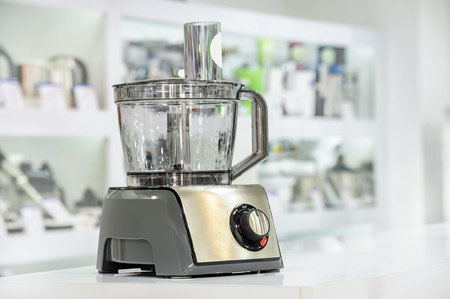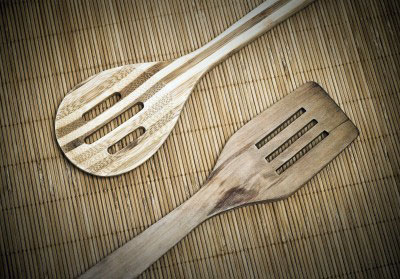Bad BPA: Feedback from the chemical industry, and others.
by Nick
(Montreal)
Interesting piece in today’s New York Times. It comprises letters to the editor in response to an earlier article about the FDA’s shift in position regarding the harmful effects of BPA.
The first letter is from the American Chemistry Council. Anyone who has been following the topic of BPA over the years could pretty much anticipate exactly what that letter would say.
The council doesn’t disappoint.
They are still sticking to the same position, stating, and I quote, “In fact, scientific reviews from regulators around the world have confirmed that exposures to BPA are very low, and that such low doses present little to no risk to human health.”
That reminds me of the old print ads promoting DDT, with the headline, “DDT is good for me-e-e!”
Thankfully, the other letters to the editor take a saner view.
As for Mr. Steve Russell, the VP who signed the letter from the American Chemistry Council, I wonder what his position is at home with his own family. I wonder if, when buying a baby bottle for his own infant, he chooses a BPA-free bottle.
You can read the full piece here:
http://ow.ly/ZHta
Join in and write your own page! It's easy to do. How? Simply click here to return to In the media.
Recent Articles
-
Why the American Chemistry Council sponsored the 5th International Marine Debris Conference in Honolulu, Hawaii.
Apr 26, 18 09:58 AM
I have written before about the American Chemistry Council, and how hard it works to defend the ongoing production of all plastics, regardless of the environmental -
BPA-free food processors and blenders.
Dec 28, 16 10:21 PM
If you are looking for a BPA-free food processor or blender, you have a few choices. -
Alternatives to plastics in your kitchen – glass, wood, stainless steel and cera
Dec 28, 16 09:49 PM
To keep your kitchen food-safe, BPA-free, phthalates-free and PVC-free, switch to traditional alternatives like glass, stainless steel, wood and ceramics.


